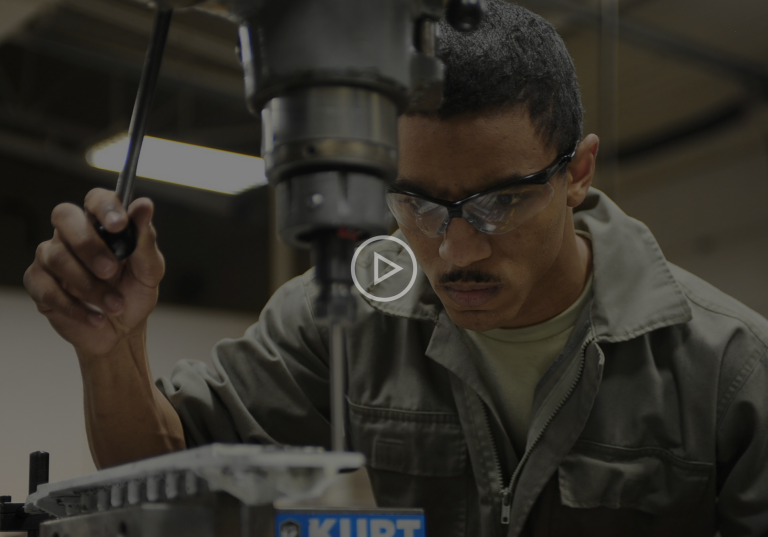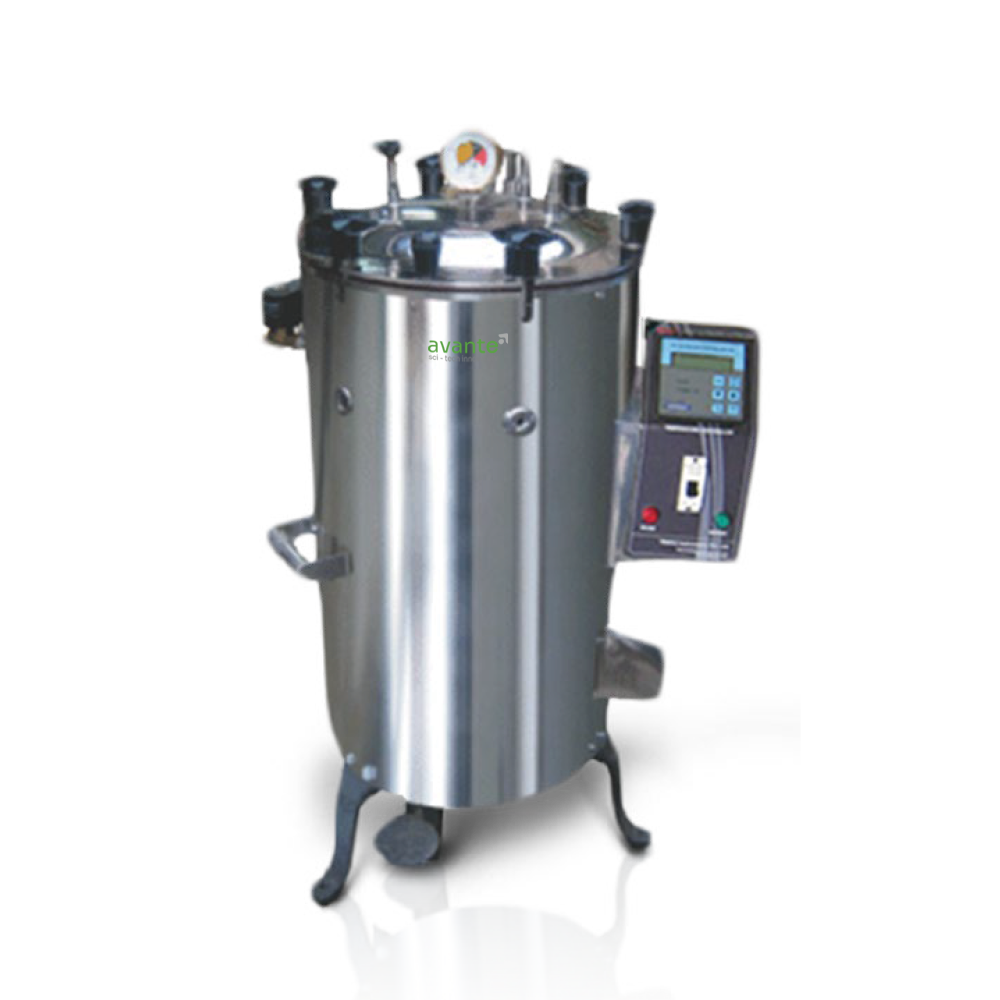Laboratory Autoclave
Category Autoclave
The autoclave was invented by Charles Chamberland
in 1879. The steam digester, created by Denis Papin in 1679 is considered as a precursor to the autoclave.
The Result Of Innovation & Research
Autoclaving is a method that is universal in almost all scientific settings. It uses a device that steam heats to destroy any microbial life that may be present on a
contaminated Load (Good). Any load that is subjected to a full sterilization cycle is then deemed to be sterile and can be employed without fear of introducing foreign microorganisms into a sensitive environment.
Product Overview

Avante makes laboratory Autoclaves that are suited for the pharma & biotech industries, food research, agriculture, research, health care & diagnostic labs, universities, quality assurance labs, and more
How it Operates
The basic principle of steam sterilization, as accomplished by the autoclave, is to expose each item to direct steam. This process displaces the air at the required temperature and pressure for a specified time. There are four parameters of the steam sterilization. They are steam, pressure, temperature, and time. The chamber is the main and primary component of a steam autoclave. It consists of an inner chamber and an outer jacket.


The Result Of Innovation & Research
Autoclaving is a method that is universal in almost all scientific settings. It uses a device that steam heats to destroy any microbial life that may be present on a
contaminated Load (Good). Any load that is subjected to a full sterilization cycle is then deemed to be sterile and can be employed without fear of introducing foreign microorganisms into a sensitive environment.

